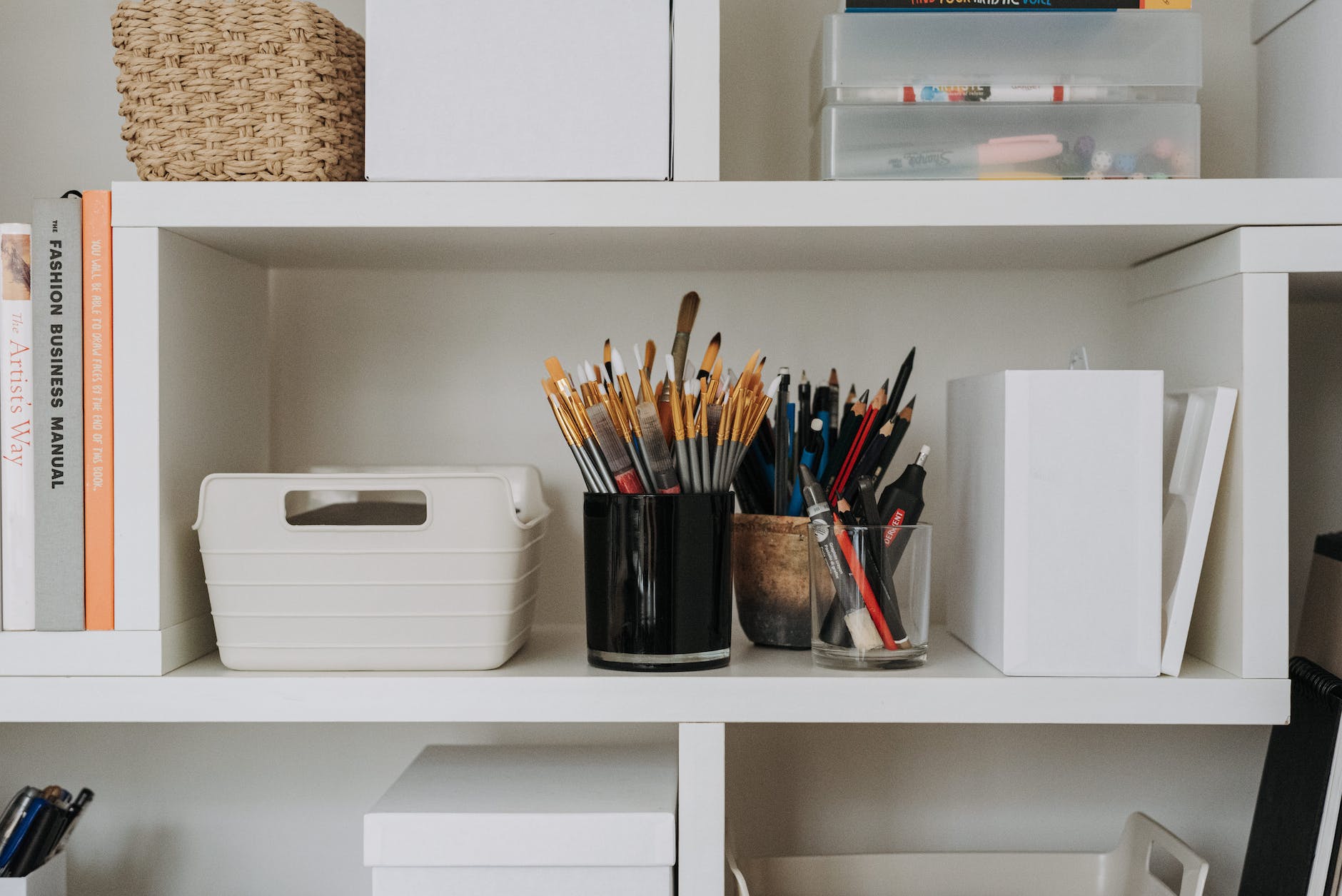After what feels like one of the longest terms ever… it is finally the school holidays here in Australia. While some teachers want nothing more than to relax for these two precious weeks, others (including me), find it the perfect time to tackle some much needed decluttering & organisation in order to head into Term 4 feeling fresh. A clutter-free classroom not only creates a more conducive learning environment but also makes your teaching experience smoother. In this blog post, we’ll provide you with a detailed guide on how to declutter your classroom supplies efficiently during the holidays.
Step 1: Set Clear Goals
Before diving into the decluttering process, it’s crucial to define your goals. What do you want to achieve by decluttering your classroom? Are you looking to create more space, improve organisation, or simply get rid of items you no longer use? Having clear objectives will keep you motivated throughout the process.
Step 2: Take Inventory
Begin by taking a thorough inventory of everything in your classroom. Create a checklist or spreadsheet with categories for your supplies, such as teaching materials, student resources, stationery, and decorations. Document what you have, making note of quantities and conditions. This step will help you understand the scope of your clutter and identify areas that need the most attention.
Step 3: Sort and Categorise
After completing your inventory, it’s time to sort and categorise your classroom supplies. Use labeled tubs, boxes, or trays to group similar items together. For instance:
- Teaching materials can include textbooks, workbooks, and lesson plans.
- Student resources might encompass art supplies, worksheets, and reference materials.
- Stationery includes pens, markers, paper, and other office supplies.
- Decorations refer to posters, bulletin board materials, and classroom decor.
Categorising your items makes it easier to see what you have and prevents items from getting lost or misplaced.
Step 4: The Keep, Donate, or Discard Process
Now comes the heart of the decluttering process: deciding what to keep, what to donate, and what to discard.
- Keep: As you assess each category, be selective about what you choose to keep. Keep only items that you regularly use and that directly contribute to your teaching and classroom organisation. For example, if you haven’t used certain textbooks in several years, it may be time to consider whether they are truly necessary.
- Donate: Set aside items that are in good condition but no longer serve a purpose in your classroom. Consider reaching out to other teachers, local groups, or charitable organisations that may benefit from these materials. Your unused resources could be a valuable resource for someone else.
- Discard: Dispose of items that are damaged, outdated, or no longer usable. If you’re unsure about the disposal process for specific items, check with your school’s guidelines or local recycling and waste disposal centres. Proper recycling or disposal is essential for environmentally friendly decluttering.
Step 5: Reorganise and Streamline
With your classroom supplies sorted and unnecessary items removed, it’s time to reorganise your space:
- Consider the flow of your classroom and how students move within it. Arrange furniture and materials to create a more efficient and inviting learning environment.
- Utilise storage solutions such as shelves, cabinets, or labeled containers to keep everything in its place. Transparent containers or bins with labels make it easy to find and access materials when needed.
Step 6: Cleaning and Maintenance
Before you conclude your decluttering journey, give your classroom a thorough cleaning:
- Wipe down all surfaces, including desks, shelves, and whiteboards.
- Dust shelves and any decorative elements.
- Vacuum or sweep the floor, and consider a deep clean of carpets or rugs if necessary.
A clean environment not only looks better but also promotes a fresh start for the new term.
Step 7: Maintain the Clutter-Free Environment
To prevent clutter from accumulating again, establish a system for regular maintenance:
- Schedule a specific time each week for tidying up your classroom. This can include going through papers, straightening shelves, and ensuring that everything remains organised.
- Engage your students in maintaining the order. Teach them the importance of organisation and involve them in simple classroom cleanup routines. Encourage them to put away materials after use.
Decluttering your classroom during the school holidays can be a rewarding endeavour that will positively impact your teaching experience in the upcoming term. With clear goals, efficient sorting, and the determination to keep only what’s necessary, you’ll create a clutter-free and organised space where both you and your students can thrive. Enjoy the rest of your break, and here’s to a productive Term 4!




